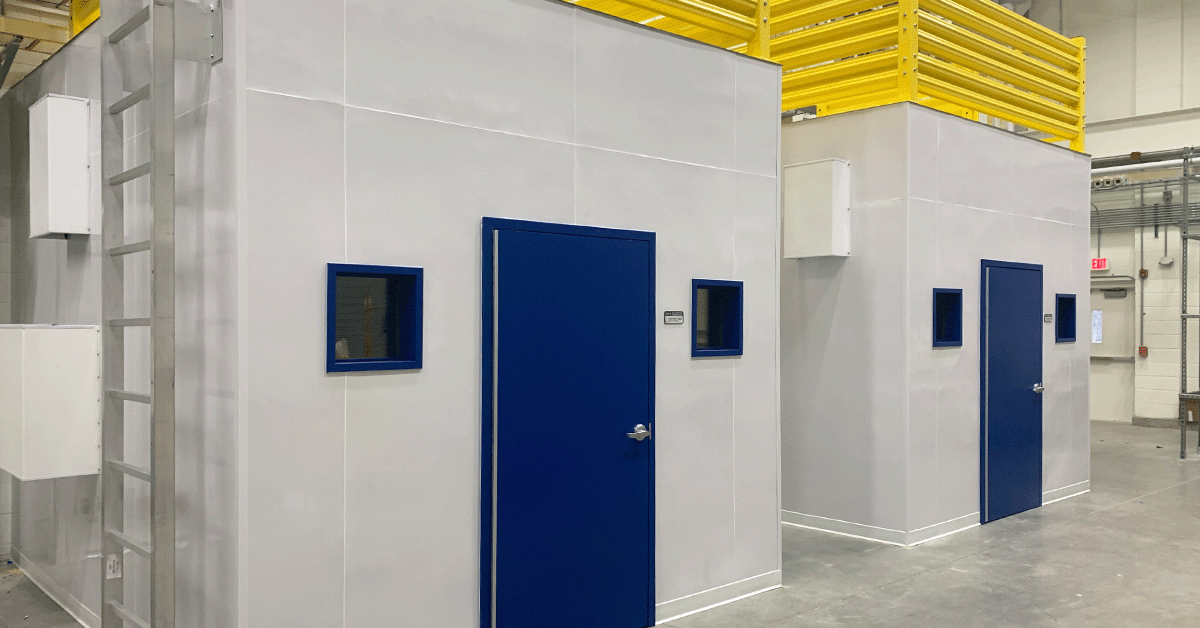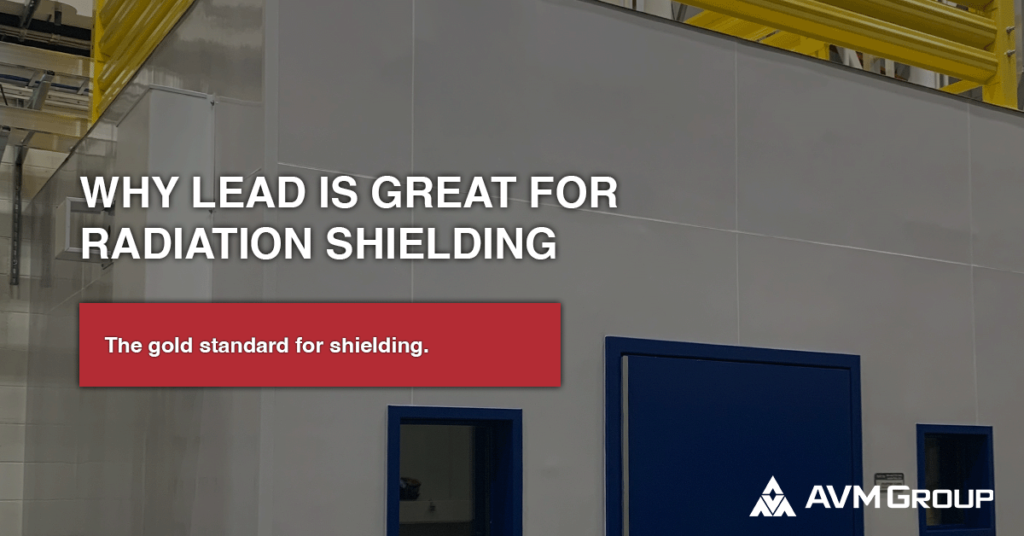*This post is part of a much larger pillar blog: The Ultimate Radiation Shielding Guide
Table of Contents
ToggleIntroduction
Radiation protection is a critical concern in industries ranging from medical and nuclear fields to aerospace, NDT and research laboratories.
One of the most effective and commonly used materials for radiation shielding is lead. Over the decades, lead has stood out as an ideal material for creating barriers against harmful radiation.
But what makes lead (Pb) so effective for radiation shielding?
This article delves into the unique properties of lead that make it a superior material for radiation protection, its practical applications, and why it remains an industry standard.
Why Lead is Ideal for Radiation Shielding?
To start things off, we’re going to look at some of the biggest benefits of using lead for radiation shielding, including lead’s high density and atomic number, it’s extreme shielding flexibility, and how it can be used in a variety of different scenarios. Up first, density.
High Density and Atomic Number
Lead’s exceptional effectiveness in radiation shielding primarily stems from its high density and atomic number (82). The density of a material is a key factor in its ability to block radiation.
Lead has a density of 11.34 grams per cubic centimeter, which means it contains a large number of atoms packed into a small volume.
Because lead atoms have many protons (high atomic number), they interact more effectively with photons, including X-rays and gamma rays.
These interactions cause photons to lose energy, which effectively reduces the amount of radiation that can penetrate through the material.
The higher the atomic number and density, the more likely radiation is attenuated, rather than passing through.
GET THE LATEST INDUSTRY NEWS DELIVERED TO YOUR INBOX
Stay on the forefront of the shielding industry with our weekly e-newsletter.
Looking at Cost
Obviously, lead is not as affordable as concrete or sand, but often-times we find that our clients don’t have the space available in their facility to accommodate these cheaper materials that take up much more space.
Because of a lack of space in their facilities, companies are often deciding between lead and a much more expensive tungsten, resulting in them choosing the former.
Check out this blog where we do a full comparison of lead vs concrete to get a much better understanding of some of the points in this paragraph.
Malleability and Flexibility
One often overlooked benefit of lead is its malleability. Lead is soft and flexible, allowing it to be shaped into various forms, including sheets, bricks, and even custom molds.
This versatility is particularly useful in medical environments, where lead shielding must be adapted to different equipment shapes or specific parts of the body that need protection during procedures like (but not limited to) X-rays or CT scans.
Additionally, lead can be incorporated into other materials, such as leaded glass, leaded rubber, lead aprons, and protective curtains, giving it even more flexibility in practical applications. Its ability to combine with other materials while retaining its protective properties is a big part of what makes it indispensable.

Using Lead for Different Applications
Lead provides comprehensive protection across multiple forms of radiation.
This versatility is one of the reasons why lead is widely used in:
- Medical Imaging: X-ray machines, CT scanners, and other imaging devices often require lead shields to protect both patients and medical personnel from stray radiation.
- Nuclear Facilities: In nuclear power plants or reactors, lead is used to shield workers from harmful gamma radiation and neutrons.
- Laboratories and Research Facilities: Lead-lined walls, lead vaults, lead shielding doors, containers, and equipment provide essential protection for scientists working with radioactive materials.
- Industrial Uses: Lead is used in radiography, where high-energy radiation is employed to inspect the integrity of materials, such as pipelines or airplane parts, without causing damage (also known as RT NDT). We actually specialize in industrial radiation shielding!
Environmental and Health Considerations
While lead is an excellent material for radiation shielding, there are concerns about its toxicity.
Lead exposure can result in serious health problems, especially if inhaled, ingested, or touched.
As a result, it is crucial that anyone who handles lead is specially trained.
Industries and manufacturers often encase lead in non-toxic materials like vinyl, paint, wood, or other plastics to create safe products, and environments.
These safety precautions ensure that the benefits of lead’s radiation protection are harnessed without exposing workers or the environment to its hazardous effects.
Check out this article on how to protect yourself from radiation.
Future Alternatives to Lead
Though lead remains the gold standard for radiation shielding, researchers are constantly exploring new materials that might one day replace it.
Some of the emerging alternatives include composite materials that combine lead with less toxic substances, or even entirely new materials such as boron carbide and nano-composite shields.
However, due to its effectiveness, affordability, and adaptability, lead will likely continue to be a dominant material in radiation shielding for the foreseeable future.
Conclusion
Lead is a proven, versatile, and highly effective material for shielding against various forms of harmful ionizing radiation.
Its combination of high density, atomic structure, and flexibility ensures its continued use in industries that require robust radiation protection.
While concerns about its toxicity necessitate careful handling, proper precautions can mitigate these risks. As long as the world continues to use radiation in medical, industrial, and scientific settings, lead will remain one of the most reliable and accessible materials for radiation shielding.
Ready to use lead for your next radiation shielding project? Contact us.



